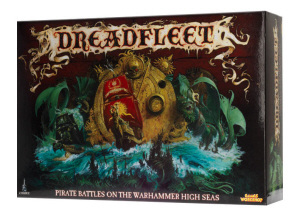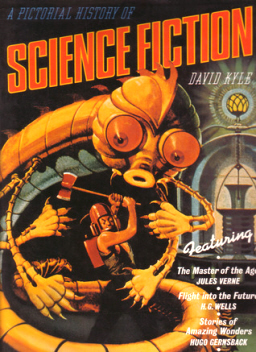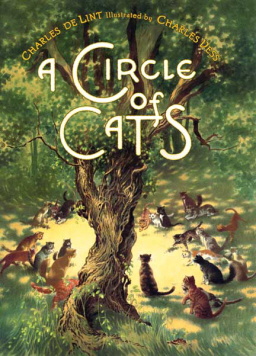Roy Thomas’s Alter Ego looks at Sword & Sorcery in the Comics
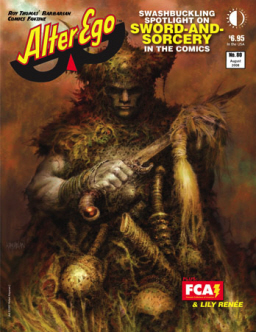 Roy Thomas’s Alter Ego is a terrific magazine — packed with articles, interviews, and loads of art from vintage comics. So packed, in fact, that I can’t remember the last time I read one cover-to-cover. These days when a new issue arrives, I flip though it joyfully, then add it to the teetering stack to be enjoyed later.
Roy Thomas’s Alter Ego is a terrific magazine — packed with articles, interviews, and loads of art from vintage comics. So packed, in fact, that I can’t remember the last time I read one cover-to-cover. These days when a new issue arrives, I flip though it joyfully, then add it to the teetering stack to be enjoyed later.
That stack finally toppled, spilling all over the floor, and while I was cleaning it up and carting it to the basement (excuse me, to the Cave of Wonders), I found a handful of issues from 2008 and 2009 I’d been meaning to blog about. Specifically, those containing a massive three-part investigation of, and tribute to, Sword & Sorcery in the Comics.
Better late than never, I thought, and brought them back up out of the subterranean vault. Let’s start with the first one, Alter Ego #80, dated August 2008. It is wrapped in a new cover by Rafael Kayanan and contains John Wells’s fabulously detailed 34-page article “Sword & Sorcery in the Comics: Part I of a Study of Robert E. Howard’s Legacy in Four Colors — and in Black-&-White.” As Thomas says in his editorial:
You’d have thought I’d have done this a long time before now, wouldn’t you? Devote an issue of Alter Ego to sword-and-sorcery in comics, I mean… I just kept putting it off. It’s a big subject, after all, because, much as I’d like to think otherwise, comic book S&S didn’t begin with Marvel’s Conan the Barbarian #1 in 1970 — or even with the couple of forerunners at DC (“Nightmaster”) and Marvel (“Starr the Slayer”) in the previous twelvemonth…
“Sword & Sorcery in the Comics” proved way too big a subject to cover in one issue… in the end, because we wanted to illustrate nearly every one of the examples of the game we were discussing, we found ourselves with only room for the S&S overview I talked John Wells into writing especially for this magazine… in Alter Ego #83, Part Two will be slashing its way toward you. After that, we’ll keep the S&S segments coming, every few issues, till we’ve covered the genre the way we’ve always intended to! We figured it’s high time.
Appropriately enough, Wells begins his article with a look at Robert E. Howard and his profound influence on the entire field.
 If you’re a gamer, you’ve probably heard of the renowned Traveller role-playing game of science fiction in the far future. And if you’ve played Traveller recently, you MAY have heard of
If you’re a gamer, you’ve probably heard of the renowned Traveller role-playing game of science fiction in the far future. And if you’ve played Traveller recently, you MAY have heard of 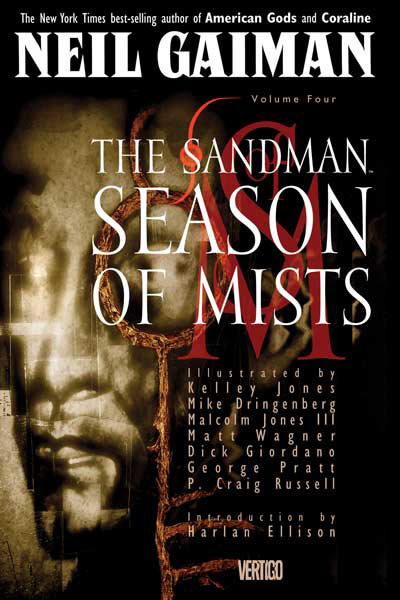 For a week, I experienced the delightful illusion that I held the whole tradition of myth and mythic literature in my head at once. Gilgamesh to Gaiman, it floated in a perfect structure of interconnectedness. I could see through time. Then I wrote the final exam, and the illusion dissolved instantly.
For a week, I experienced the delightful illusion that I held the whole tradition of myth and mythic literature in my head at once. Gilgamesh to Gaiman, it floated in a perfect structure of interconnectedness. I could see through time. Then I wrote the final exam, and the illusion dissolved instantly. One of their moves was to offer a knock-off version of the one undergraduate class Comp Lit could always get full enrollment for–the course that made it possible for my Comp Lit grad student friends to pay their rent and eat. That’s not hyperbole. I had classmates who lived in their cars during the summer because without their school-year teaching paychecks they had to choose between food and shelter.
One of their moves was to offer a knock-off version of the one undergraduate class Comp Lit could always get full enrollment for–the course that made it possible for my Comp Lit grad student friends to pay their rent and eat. That’s not hyperbole. I had classmates who lived in their cars during the summer because without their school-year teaching paychecks they had to choose between food and shelter.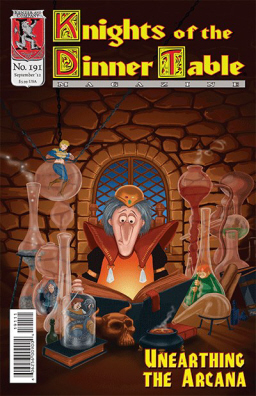
 Originally a series of short stories appearing in manga (Japanese comic book) anthologies, Pet Shop of Horrors premiered on the Tokyo Broadcasting System as a series of short animated clips in 1999. Viewers would see a two-minute piece (usually between music videos or short films) every few days until an entire episode was completed. Four whole episodes were broadcast before the animated series was discontinued. The collected episodes were released in North America in 2000 by Urban Vision.
Originally a series of short stories appearing in manga (Japanese comic book) anthologies, Pet Shop of Horrors premiered on the Tokyo Broadcasting System as a series of short animated clips in 1999. Viewers would see a two-minute piece (usually between music videos or short films) every few days until an entire episode was completed. Four whole episodes were broadcast before the animated series was discontinued. The collected episodes were released in North America in 2000 by Urban Vision.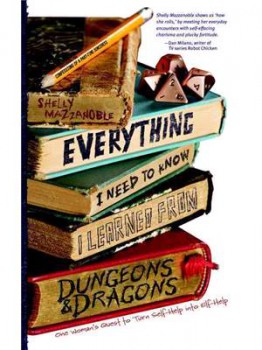 Everything I Need to Know I Learned From Dungeons & Dragons
Everything I Need to Know I Learned From Dungeons & Dragons